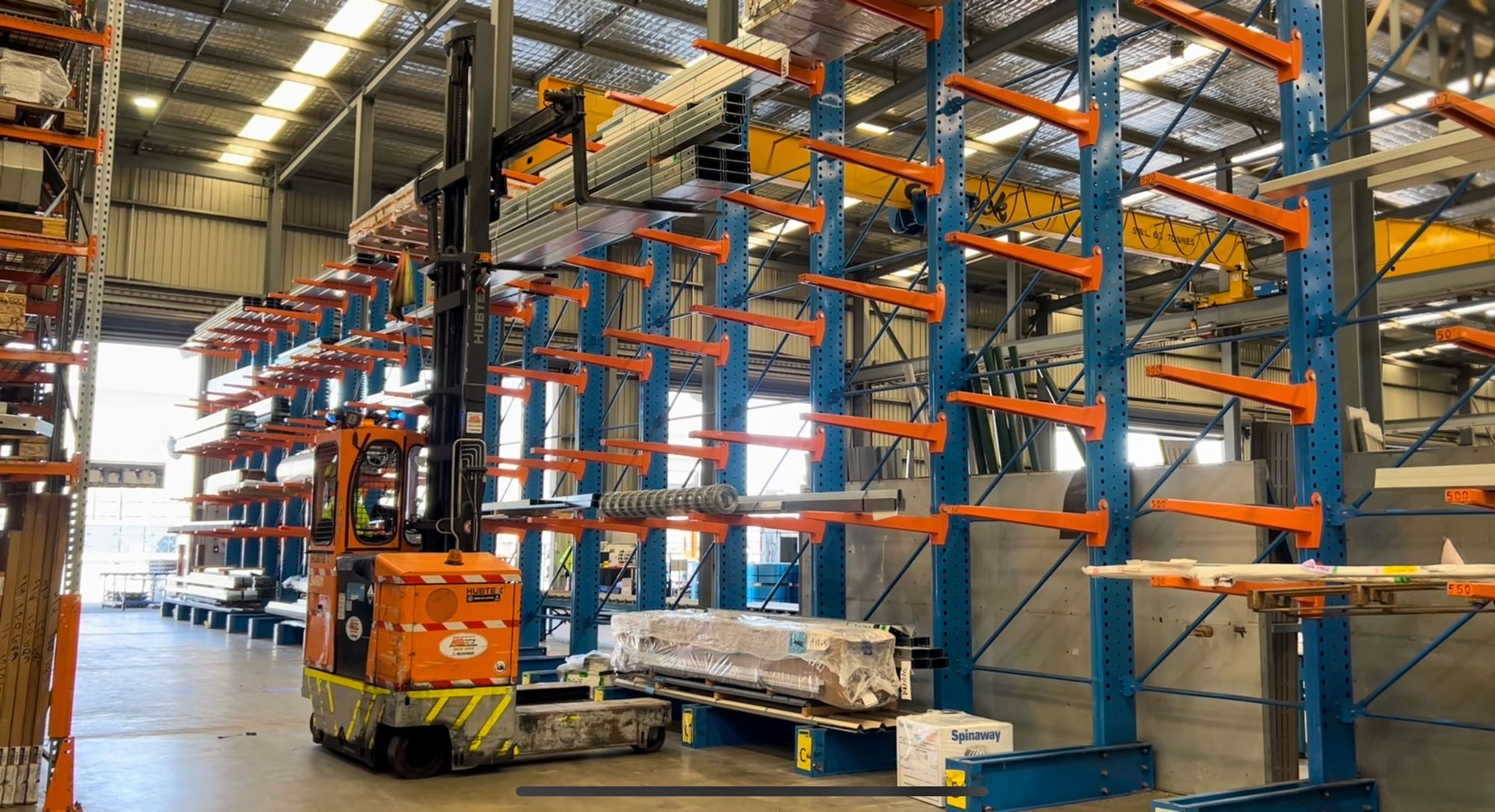Leading for Results: The Manager’s Guide to Driving Productivity
Australia is in the midst of its worst labour productivity growth on record. The trend is alarming and could have serious consequences for the prosperity of all Australian businesses.
It’s hard to figure out why it receives such little discussion or real, tangible action when productivity is such a key driver of economic growth, real wages, and overall living standards.
What is Productivity?
The Reserve Bank of Australia define productivity as:
"1. Labour productivity which is defined as output per worker or per hour worked.
2. Multifactor productivity (MFP) which is defined as output per unit of combined inputs.”
Factors that affect labour productivity include skills, technological change, management practices and changes in other inputs (such as capital).
MFP combined inputs typically include labour and capital, but can be expanded to include energy, materials and services.
How is Australia Tracking?
The Productivity Commission’s latest report released in February 2025 examines the annual change in productivity between 2022-23 and 2023-24.

Labour productivity rose by 1.1% between 2022-23 and 2023-24, a slight recovery after its record 3.5% crash between 2021-22 and 2022-23. The latest rise in labour productivity was due almost entirely to capital deepening (more capital per worker).
To add some context, the Productivity Commission uses the following scorecard in measuring the growth in productivity.
| Below Average Range | -2.86% to 0.13% |
|---|---|
| Typical Range | 0.13% to 3.42% |
| Above Average Range | 3.42% to 4.80% |
You Don’t Need Cutting-Edge Machines to Improve Productivity
The Productivity Commission’s “5-year Productivity Inquiry: Innovation for the 98%” report, highlighted that only about 2% of Australian firms innovate in ways that are “novel and new to the world”. So, the majority of the productivity growth will come from established technologies and practices by the other 98% of businesses.
These are things like employee engagement, focus on key priorities, workflows, upskilling, training, and minimising downtime. According to the report, many Australian businesses undertake little or no assessment of their performance, while overall management-driven productivity-improvement strategies are ineffective for a large share of businesses.
According to the Productivity Commission’s report, productivity would’ve been roughly 7% higher in 2023-24 had there been more effort from business to apply new ideas and do more with what is readily available.
Impact of Labour Productivity
Labour productivity has far-reaching implications for many facets of a business. The main benefits being:
Lower Costs: When employees produce more output per hour, the cost per unit of production decreases, allowing companies to price products more competitively and maintain profit margins even with fluctuating market conditions.
Increased Profitability: Increased productivity means greater efficiency, and that means employees can produce more and better quality, for the same or less labour cost. That directly benefits the bottom line.
Competitive Advantage: Efficient operations allow organisations to offer competitive pricing, faster delivery times, and higher-quality products or services.
Sustainable Growth: Better productivity promotes sustainable growth by ensuring that resources are used efficiently. Businesses can reinvest savings from increased efficiency in expansion and other growth efforts, ensuring long-term success.
Employee Satisfaction: Employees are often more satisfied in productive businesses. When employees see the real fruits of their efforts and are recognised for their productivity, they are more likely to feel appreciated and driven. This can result in lower turnover rates and more engaged staff.
Customer Satisfaction: Efficient production results in higher quality and faster service. This is more likely to yield repeat sales and positive word-of-mouth referrals.
Strategies to Increase Labour Productivity
There are a variety of ways to increase workforce productivity. Here are some effective strategies:
1. Ramp Up Your Investment in Training and Development. Particularly formal on-site and on-the-job training. It’s crucial to have strong and effective training from the get-go, throughout the onboarding stage. For more established employees, a gap analysis or a performance review will identify further training opportunities.
2. Upskill and cross-training. Building a workforce that is more versatile and capable creates flexibility. It also enhances employee engagement and retention. Employees can perform multiple roles, while also learning new skills, enjoy a variety of work and feel a more valuable member of the team.
3. Certifications. Operating most types of high-risk equipment requires a certificate or licence. That on its own however may not have any impact on productivity as many of those programs provide basic training – just enough to be safe and comply with relevant laws. Productivity can be improved by developing or strengthening an in-house program that creates certifications for equipment and machine operation in your unique environment, handling and producing your type of product.
4. Enhance Workplace Layout and Ergonomics. Review how much walking, movement and repeat handling of a product your employees do. Re-arrange tools and workstations for easy access, shorten walking distances, and try to use ergonomic equipment.
5. Leverage Technology for Key Business Processes and Systems. Adopting new technology can help automate activities, enhance accuracy, and save time. For example, deploying modern software solutions can improve project management, communication and data analysis, allowing staff to operate more efficiently. Continuously analysing and refining company processes can help uncover and reduce inefficiencies. Lean Management, Process Improvement and Six Sigma approaches can streamline workflows, minimise waste, and increase production.
6. Improve Supply Chain Coordination. Collaborate closely with suppliers, forecast demand accurately, and maintain optimal inventory levels.
7. Eliminate Unnecessary Meetings. Some meetings are certainly necessary — there can be value in synchronous, face-to-face interaction. That said, not everyone needs to be at every meeting, and unnecessary meetings can eat up an extraordinary amount of time.
8. Foster a Positive Work Culture. Involve employees in decision-making, reward high performance, and run regular feedback sessions. Creating a friendly and motivating work environment is critical to productivity. Recognise and reward employees' accomplishments, foster open communication, and promote work-life balance. A positive culture boosts staff morale and engagement which leads to increased production. Check out our blog "What is a Toxic Work Culture?" to ensure you avoid a negative environment in your workplace.
9. Performance Targets. Use KPIs like units per hour, downtime, or quality rate. Display progress visually on dashboards or boards so your employees can see how they are doing or where they can improve.
10. Set Business-Wide Goals and Metrics. Setting explicit productivity goals and tracking progress with key data encourages ongoing improvement. To maintain productivity levels, monitor performance regularly, provide feedback, and alter techniques as necessary.
Conclusion
In an environment where Australia’s productivity growth is lagging, the onus falls on businesses and their leaders, to drive meaningful change. As this article highlights, boosting labour productivity doesn’t require radical innovation or world-first breakthroughs. It’s about consistently applying proven strategies: investing in training, refining processes, leveraging technology, and creating a culture where employees are engaged and empowered to perform at their best.
Now more than ever, productivity is not just a metric — it’s a competitive advantage. The steps we take today to optimise how we work will shape the sustainability, profitability, and resilience of our organisations tomorrow. Managers and leaders have a unique opportunity, and responsibility, to turn productivity into progress.
If you need support building a productive workforce, reach out to IRP today at hello@irp.net.au or send us an enquiry to find out how we can help you.
Join Our Mailing List
Interested in receiving more content similar to this straight to your inbox each month? Sign up to our mailing list below!











